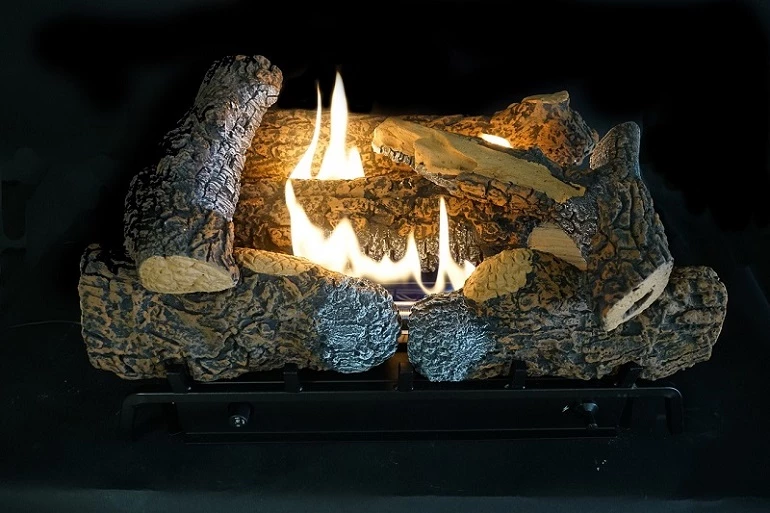How To Clean Gas Fireplace Logs
While gas fireplaces are easier to maintain than wood fireplaces, gas logs do need to be cleaned ever so often to keep them working properly and looking authentic. When it comes to gas logs, there are two main materials they are made out of. In this article, we will go through the different types of gas fireplace logs and give you tips for cleaning them. If you have questions after reading the entire article you can always call our NFI certified techs at 800.203.1642 or read more articles about gas logs here.
Ceramic Fiber Gas Logs:
First things first. Before cleaning any gas fireplace logs, you need to turn off the gas to the appliance first. While it may be funny explaining to your friends how you got 2nd-degree burns while cleaning your fireplace, it might be better to just avoid having to tell that story altogether. Also, make sure the gas valve is turned off for at least 20 minutes before you begin cleaning your logs.


